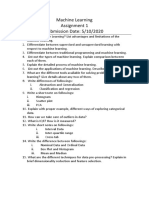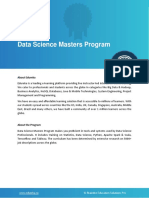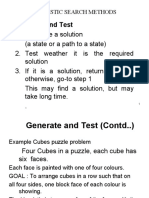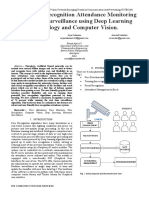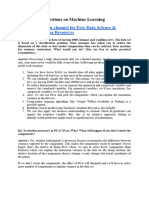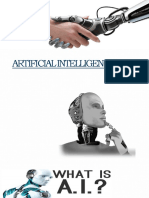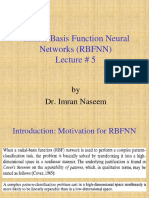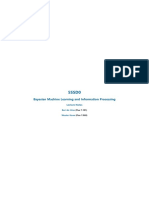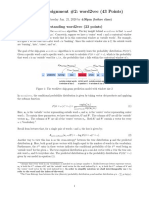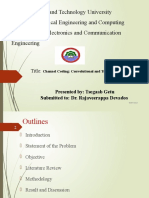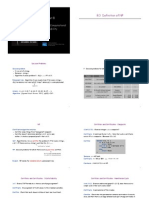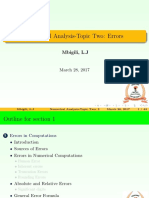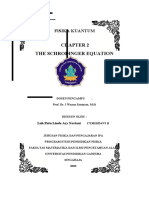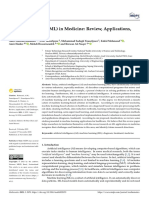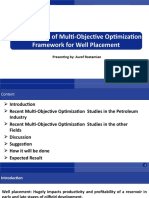0% found this document useful (0 votes)
311 views10 pagesConfusion Matrix in Machine Learning
The confusion matrix is a tool used to evaluate the performance of classification models by comparing predicted values with actual values. It categorizes predictions into true positives, true negatives, false positives, and false negatives, allowing for the calculation of various metrics such as accuracy, precision, and recall. Understanding the confusion matrix is essential for assessing model performance and identifying types of errors in predictions.
Uploaded by
dgpguruCopyright
© © All Rights Reserved
We take content rights seriously. If you suspect this is your content, claim it here.
Available Formats
Download as DOCX, PDF, TXT or read online on Scribd
0% found this document useful (0 votes)
311 views10 pagesConfusion Matrix in Machine Learning
The confusion matrix is a tool used to evaluate the performance of classification models by comparing predicted values with actual values. It categorizes predictions into true positives, true negatives, false positives, and false negatives, allowing for the calculation of various metrics such as accuracy, precision, and recall. Understanding the confusion matrix is essential for assessing model performance and identifying types of errors in predictions.
Uploaded by
dgpguruCopyright
© © All Rights Reserved
We take content rights seriously. If you suspect this is your content, claim it here.
Available Formats
Download as DOCX, PDF, TXT or read online on Scribd
/ 10










